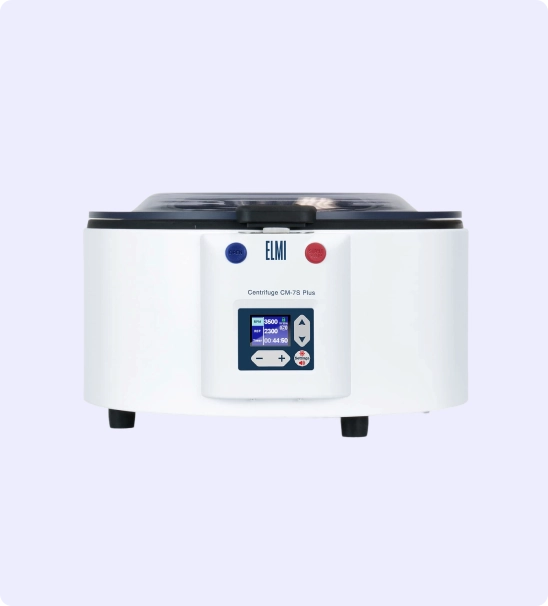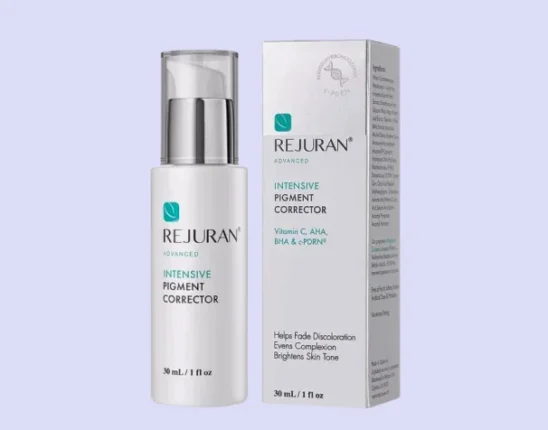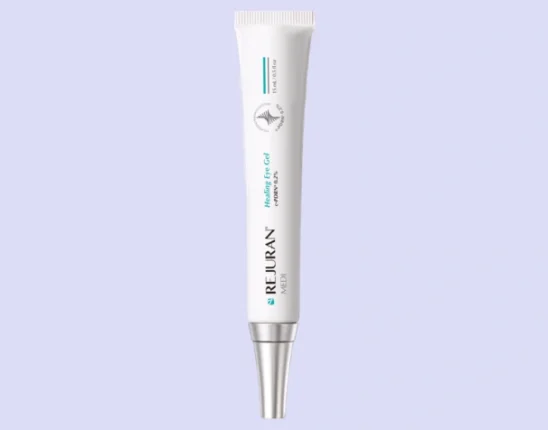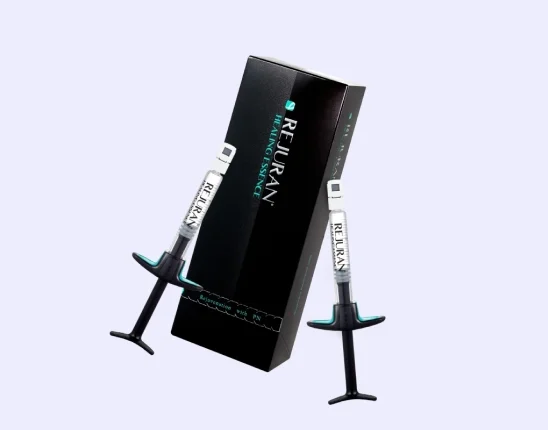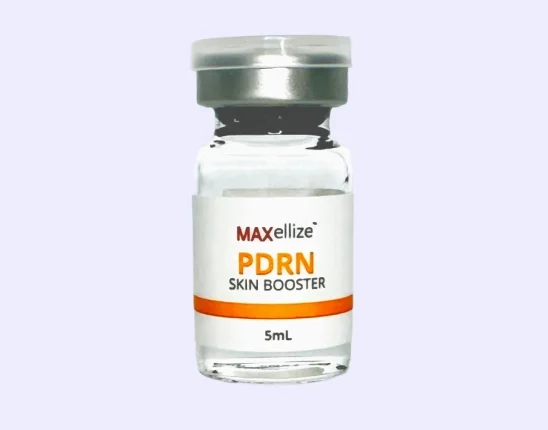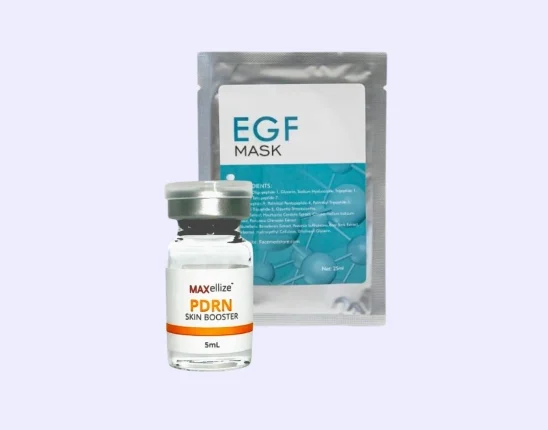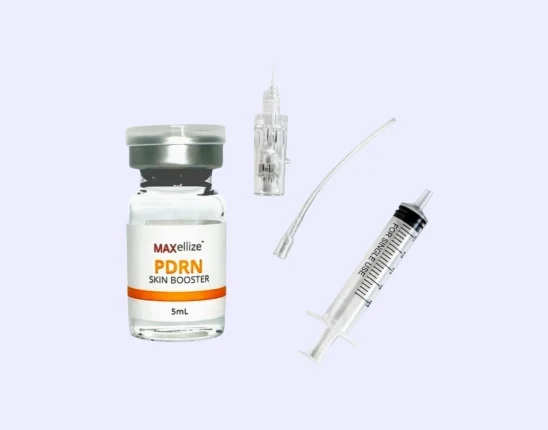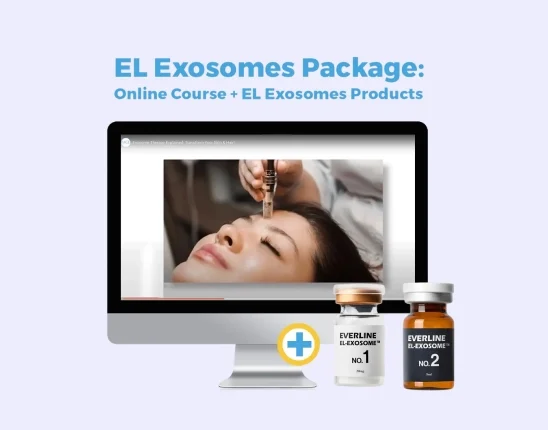Androgenetic alopecia or male pattern baldness is a problem that affects roughly 50% of white men when they reach 50 years old. While it’s not fatal, it significantly impairs the quality of life in men because of the impact of the disease on their self-esteem and confidence. Hair loss treatments are therefore being developed to address this concern and help in thickening and regrowing hair in men.
So how can PRP thicken and regrow hair in men? It’s believed that the cutting-edge PRP hair restoration treatments can facilitate hair regrowth and increase hair density in men by prolonging the length of the anagen phase or growth phase of the hair growth cycle, preventing apoptosis or programmed cell death in the catagen phase, and increase the production of new blood vessels and other processes necessary for hair growth.
How PRP Works in Thickening and Regrowing Hair
The exact mechanism of action of platelet-rich plasma isn’t yet fully determined until now, although there are speculations as to how they work as treatments for hair loss, which also has roots in how PRP promotes wound healing.
The most associated component of platelet-rich plasma therapy for hair loss is the healing growth factors, which are released upon activation of platelets (making it necessary to increase the concentration of platelets in platelet-rich plasma).
They’re believed to encourage the production of new blood vessels to promote blood flow which helps in providing oxygen and nutrients to the dormant hair follicles to in turn encourage their growth.
Other possible mechanisms as to how PRP thickens and regrows hair in men include the ability to prolong the anagen hair growth, to promote antiapoptotic effects or anti-programmed cell death in the catagen phase, and regulating mediators of inflammation.
How PRP is Obtained and Administered
Platelet-rich plasma is a minimally-invasive procedure that plays a role in hair regrowth through its natural components, even without the need for surgical procedures. It’s also an autologous formulation, meaning it’s a treatment option in aesthetic medicine that’s derived from the patient’s own blood components.
It’s obtained via a 3-step process, namely the following:
- Blood Draw – A blood sample is first obtained from the patient via medical equipment such as a syringe with anticoagulants.
- Processing of Blood Components – The obtained blood sample will then be subjected to centrifugation to increase platelet concentration. Activators such as calcium gluconate may also be added, although competing ideas are present as to whether or not activators must be added to PRP for added efficacy.
- Administration of Platelet-Rich Plasma Injections – The processed platelet-rich plasma injections for pattern hair loss will then be injected into the affected area. It’s injected subcutaneously or intradermally in equal spaces when they’re for hair loss.
Safety of PRP Injections
The success rate of platelet-rich plasma injections is not just measured with their efficacy profiles but with their safety profiles as well.
Potential discomfort from the entire process is minimized through different administration techniques that medical professionals employ. These techniques used to complement the injection treatment include the following:
- Use of anesthetic solutions – Anesthetic solutions like topical anesthetics and anesthetics that are injected may be used before the actual procedure to numb the area in which PRP will be administered.
- Use of vibrational devices – Vibrational devices are gaining popularity as numbing techniques as they’re capable of massaging the area and evening out the fluid injected.
- Use of very fine needles – Very fine needles usually of 31-gauge are used in platelet-rich plasma injections to make the procedure as comfortable as possible.
- Use of ice packs – Ice packs may be placed in the affected area after the procedure to numb the pain. They may also help minimize side effects like swelling and bruising.
Aside from swelling and bruising that were previously mentioned, other side effects that platelet-rich plasma injections may bring to a patient include other injection site reactions like pain and, rarely, infections and nerve and body tissue damage, which are mostly attributed to the skills of the provider.
It must also be emphasized that platelet-rich plasma injections aren’t for everyone, as some medical conditions warrant avoidance of this procedure. Some of these medical conditions include a previous history of herpes virus infection, low platelet count, and active infections.
Pre- and Post-Care Instructions for PRP Injections
Every procedure, no matter how safe, must come with pre- and post-care instructions to help patients who underwent the procedure have a speedier recovery process.
Some pre-care tips are summarized below:
- Stop taking blood-thinning agents (with the advice of your doctor, of course) and anti-inflammatory drugs as these may reduce the efficacy of the procedure.
- Avoid exposure to direct sunlight, especially in the areas that will be treated.
- Avoid drinking alcoholic beverages and smoking tobacco products at least 3 days before the procedure.
- Hydrate well before and after the procedure.
Similarly, some post-care tips are summarized as follows:
- Take analgesics like acetaminophen when pain becomes unbearable, but avoid anti-inflammatories.
- Take antibiotics but only if prescribed by your doctor in cases of infection.
- Return to your daily routine as soon as you see fit, but strenuous activity must be avoided at least 2 days after the treatment.
- Take hair loss medications like topical minoxidil especially if these can help promote better hair growth effects; these drugs can target the genetic condition associated with hair loss, while platelet-rich plasma may only go as far as superficial promotion of hair growth.
PEP Factor: An Excellent Hair Formulation
The benefits for hair thickening of platelet-rich plasma injections may also be further optimized by combining it with other treatment options for hair loss. A good complement to the platelet-rich plasma injections is the PEP Factor, an excellent hair formulation.
PEP Factor is a topical solution applied to the scalp that can help improve the appearance of thinning hair. Because of its topical application and natural ingredients, it can be safely added to platelet-rich plasma and other procedures like microneedling without producing major adverse effects.
The active ingredients of the PEP Factor are the basic fibroblast growth factor (bFGF) and the copper peptide. Basic fibroblast growth factor decreases hair loss by promoting cell growth and proliferation. On the other hand, copper peptide is capable of opposing the deleterious effects of oxidative stress that may induce hair loss through its antioxidant properties.
Get Excellent Hair Treatments and More at FACE Med Store
Platelet-rich plasma therapy is effective in helping patients with hair loss regain their confidence by helping them gain thicker hair through the concentrated platelets that release growth factors that promote mechanisms for active hair growth.
At FACE Med Store, we aim to provide you with high-quality equipment and formulations that you can use to help address progressive hair loss. We’re committed to helping our clients keep their hair health in check with our high-quality products. Contact us at info@facemedstore.com and start your hair care journey today.
